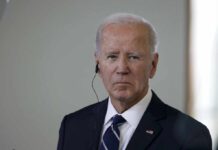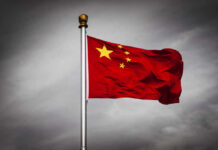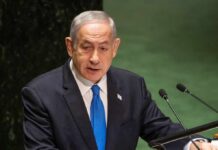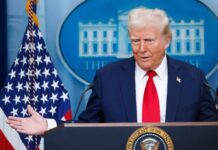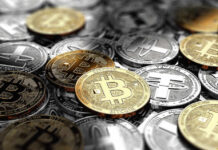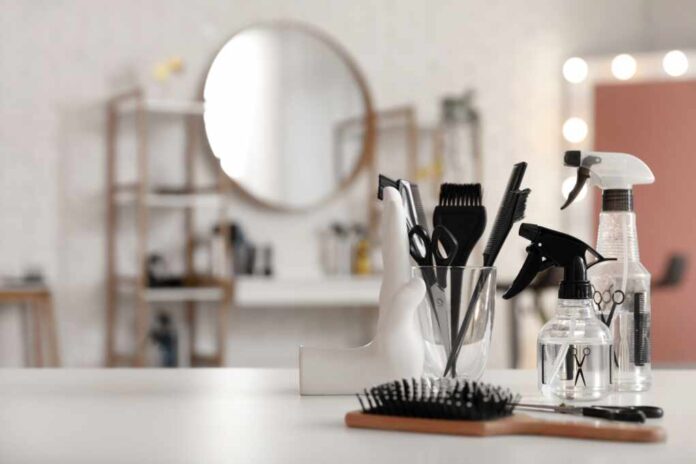
Americans are finding creative ways to maintain their beauty routines amid rising salon costs fueled by inflation and tariffs, turning to DIY alternatives that offer both savings and empowerment.
At a Glance
- Economic pressures are causing Americans to stretch time between salon visits and adopt more DIY beauty practices
- Low-maintenance beauty trends like “recession brunette” and balayage are gaining popularity for their affordability
- Women are turning to at-home alternatives including press-on nails, hair glossing kits, and DIY extensions
- Beauty remains a form of control and comfort during economic uncertainty, with consumers prioritizing value
- Recent tariffs on Chinese imports are further impacting beauty supply costs, accelerating the DIY trend
Economic Signals in Beauty Trends
Beauty industry shifts often signal broader economic changes, with current trends pointing toward growing financial concerns among American consumers. According to recent reports, Gen Z and millennial women have identified changes in fashion and beauty habits that typically indicate economic downturns. These include the emergence of cheaper clothing styles inspired by working-class aesthetics and the growing popularity of low-maintenance hairstyles that require fewer professional salon visits, allowing consumers to stretch their beauty budgets further in challenging times.
Economic experts point to several warning signs of potential recession, including reduced consumer spending in discretionary categories and increased delinquencies on car payments. In the beauty sector, this translates to women extending the time between salon appointments and seeking more affordable alternatives. The impact is particularly visible in the growing preference for natural looks and frizzy hair styles that don’t require expensive chemical treatments or frequent professional maintenance, marking a practical response to financial pressures.
The Rise of Low-Maintenance Beauty
As salon services become increasingly expensive due to inflation and recent tariffs on imported beauty products, consumers are gravitating toward styles that require minimal upkeep. “Recession brunette” – a return to natural hair colors that grow out gracefully – and balayage highlighting techniques have surged in popularity specifically because they demand fewer touch-ups than traditional coloring methods. These approaches allow women to maintain an attractive appearance while significantly reducing the frequency of salon visits and their associated costs.
Megan Vasquez, a beauty influencer marketing expert, has observed this shift firsthand, noting the strategic choices women make to extend time between professional services. The economic phenomenon known as the “lipstick effect” is also evident, where consumers purchase affordable luxuries like lipstick during downturns to maintain a sense of indulgence while cutting back on larger expenses. This pattern reveals how Americans adjust their beauty priorities during challenging financial periods without abandoning self-care entirely.
DIY Beauty Solutions Gain Traction
The most significant development in recession-era beauty is the surge in do-it-yourself alternatives to costly salon services. Social media platforms, particularly TikTok, have become hubs for sharing affordable beauty hacks and tutorials that empower consumers to take personal care into their own hands. Young women are increasingly purchasing hair glossing kits, press-on nails, DIY lash extensions, and at-home waxing products to maintain their appearance without the professional price tag, demonstrating resourcefulness in the face of economic constraints.
“When areas of life feel uncertain or restricted, beauty remains a form of control and comfort.”, said Megan Vasquez.
Cost-effective techniques like DIY hair extensions and at-home spray tans have seen particular growth, providing dramatic results at a fraction of salon prices. Consumers are also turning to beauty product “dupes” – affordable alternatives to high-end brands – and shopping strategically through discount platforms like TikTok Shop. Travel-sized products have gained popularity as well, allowing consumers to try new items without committing to full-sized purchases during uncertain economic times.
Tariffs Accelerate the DIY Trend
Recent tariffs on Chinese imports have added another layer of pressure to the beauty industry, particularly affecting products like wigs, extensions, and salon supplies that were previously accessible at lower price points. Black-owned beauty supply stores have reported particular concerns about these tariffs, as many rely heavily on affordable imported goods to serve their customer base. These economic pressures are accelerating the shift toward home beauty solutions as both retailers and consumers adapt to changing market conditions.
Despite economic challenges, industry analysts note that consumers are not abandoning beauty entirely but rather adjusting their approach with greater focus on value, performance, and practicality. The rising DIY beauty movement represents more than just cost-cutting – it signifies Americans taking greater control of their personal care routines and finding satisfaction in self-sufficiency. This trend shows how economic necessity often drives innovation and empowerment in unexpected ways, as consumers discover they can achieve professional-quality results through their own efforts.




